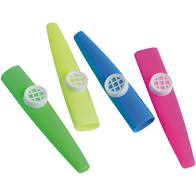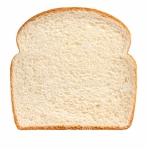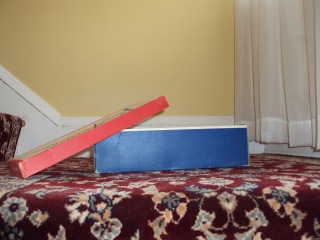After reading about my dismal kindergarten experience, a mother emailed me. She worried that her kindergarten daughter might be learning to coast as I did. I reassured her that gifted educators were out there. My second-grade teacher more than made up for my lackluster beginning in school.
With second-grade teacher Mrs. Miller, I definitely won the lottery.
 She was cutting edge for the 1950s at Sherman Elementary School in Middletown, Ohio.
She was cutting edge for the 1950s at Sherman Elementary School in Middletown, Ohio.
In first grade, we sat in wooden desks bolted to the floor. The seating chart never changed. No one stood or spoke without permission. In a requisition coup that must have stunned her colleagues, Mrs. Miller got those antiques removed from her room. We sat in desks with separate chairs, and she changed the seating chart regularly. We got to know our classmates.
We were allowed to talk quietly to each other.
We could move freely around the room.
We could go to a hallway drinking fountain on our own.
We knew we’d been given an inch. No one was crazy enough to take a mile.
 Periodically, she pushed the piano from the hall into our classroom. We wrote songs, inventing melodies and lyrics. We created movements to match the words. She gave us kazoos. Creatively engaged in critical thinking, Mrs. Miller showed us we were incredible.
Periodically, she pushed the piano from the hall into our classroom. We wrote songs, inventing melodies and lyrics. We created movements to match the words. She gave us kazoos. Creatively engaged in critical thinking, Mrs. Miller showed us we were incredible.
One exciting day, she announced we were good enough to write a play about nutrition. We were divided into food groups. I still remember our tune: “We are some of The Seven Basic Foods. Eat us every day. We are very, very good fo r you. We help you run and play!” I was bread, and I drew a huge slice with rich, brown crust. (Okay, it looked more like a mushroom, but Mrs. Miller said it was great.) We researched our foods from library books she rolled in on a metal cart. We taped our speech to the back of our drawing. Who knew wheat and yeast could be fascinating? No slice ever rocked and sang with more intensity.
r you. We help you run and play!” I was bread, and I drew a huge slice with rich, brown crust. (Okay, it looked more like a mushroom, but Mrs. Miller said it was great.) We researched our foods from library books she rolled in on a metal cart. We taped our speech to the back of our drawing. Who knew wheat and yeast could be fascinating? No slice ever rocked and sang with more intensity.
Then there was the memorable day she asked us to start bringing in boxes. For two weeks we stacked them at the back of our classroom, imagining the wonders ahead. Finally she took us on a walk through the area. I know we visited the fire department and maybe Amatuli’s Market and Elite’s Ice Cream. She put us in groups to construct our assigned locations from the boxes. My group created the school’s recently added gymnasium. We tackled architecture with a focus that would have left Frank Lloyd Wright beaming. For days, every spare moment was devoted to those boxes, taping and stapling and painting. Then we placed them on a gigantic grid of our neighborhood.
I’d give anything for a picture of our project that stretched across the back of the classroom.
I’d love to see just one of those plays.
Or hear one of our songs.
But I carry their joy.
Sixty years later I remember our ambition. Our inventions. Our faith in  ourselves. And I can see Mrs. Miller smiling, proud as punch to be in that room with us.
ourselves. And I can see Mrs. Miller smiling, proud as punch to be in that room with us.
In her hands, learning wasn’t inflicted on us. It was created with us.
And to think so much glorious education could come from a stack of shoe boxes.
And kazoos.
This such a sweet story of education going in the right direction with more of a child-centered approach. It felt like a kind of redemption.
Cliff
LikeLike
Mrs. Miller paid close attention to us and our interests, and that allowed her to tailor the lessons to us specifically. Unfortunately a lot of teachers lack that talent.
LikeLike